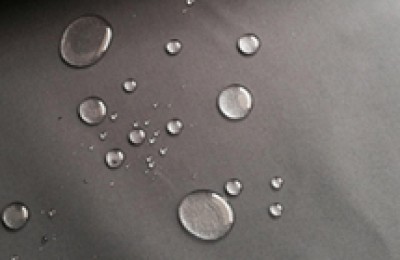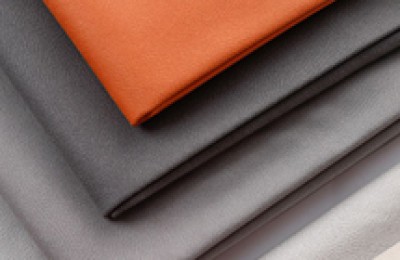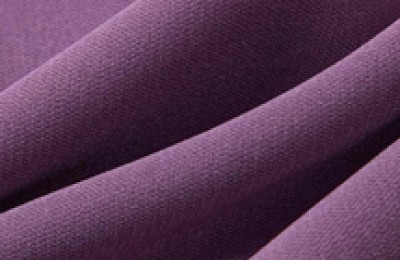In the textile circle, it is well known that pure cotton products are used in large amounts, and the amount of polyester-cotton blended products is also increasing, which can not only change the feel of the fabric, but also reduce costs; today we will learn about the characteristics of polyester-cotton blends:
1.”Polyestercotton” and “cotton polyester”
It is the one we hear most often, but changing the order of the two words becomes two different fabrics.
1. “Polyester-cotton” (TC) fabric means that the polyester content accounts for more than 50% and the cotton content is less than 50%;
Advantages: The luster is brighter than pure cotton, it feels smooth and crisp, and it is not easy to wrinkle. The higher the polyester content, the less likely the fabric is to wrinkle.
Disadvantages: It is not as skin-friendly as cotton and is not as comfortable to wear as cotton fabrics.
2. “Cotton-polyester” (CVC) is just the opposite, meaning that the composition of cotton is more than 50% and the composition of polyester is less than 50%;
Advantages: The luster is slightly brighter than pure cotton cloth, the cloth surface is smooth, clean and free of yarn ends or impurities. It feels smooth and crisp, and is more wrinkle-resistant than pure cotton.
Disadvantages: Not as skin-friendly as comprehensive fabrics, and not as comfortable to wear as comprehensive fabrics.
Generally, the dosage of TC is greater than that of CVC, and the price of TC varieties will be lower.
2.Advantagesofpolyesterfabrics:
① Polyester fabric has high strength ② Polyester fabric has super elasticity ③ Polyester fabric has good heat resistance.
④ Polyester fabric has good light resistance ⑤ Polyester fabric has good abrasion resistance ⑥ Polyester fabric has good chemical resistance.
3.Disadvantagesofpolyesterfabrics:
① Polyester fabric has poor hygroscopicity, so polyester clothes will feel hot when worn. At the same time, they are easily charged with static electricity and contaminated with dust, which affects the appearance and comfort. However, it is easy to dry after cleaning, and the wet strength hardly decreases and does not deform. Has excellent wearability.
② Poor dyeability. Because there is no specific dyeing gene on the polyester molecular chain and the polarity is small, dyeing is difficult and the dyeability is poor. The dye molecules cannot easily enter the fiber, but the color fastness after dyeing is excellent and not easy. fade.
③ Easy to pill. Polyester fabric is one of the synthetic fiber products, and all synthetic fiber fabrics have pilling. Therefore, polyester fabric products will have pilling after being used for a period of time.
4.Thedifferencebetweenpurecottonfabricandpolyester-cottonfabric:
① The advantage of pure cotton fabric is that it is soft and comfortable to wear, and has very good ventilation and moisture permeability. The disadvantage is that it is easier to deform (shrink) and fade, and it is expensive;
② The strength of polyester-cotton fabric is very high, 20 times that of viscose fiber, and its wear resistance and elasticity are also very good. The product is durable, has a long service life, is easy to wash and quick-drying;
Therefore, in view of the characteristics of the above fabrics, blending the two raw materials greatly improves the advantages of the fabric and reduces the disadvantages; it has good elasticity and wear resistance in dry and wet conditions, stable dimensions, small shrinkage, and has the characteristics of straightness, Not easy to wrinkle, easy to wash, quick dryingpoints; and reduce costs.
</p






